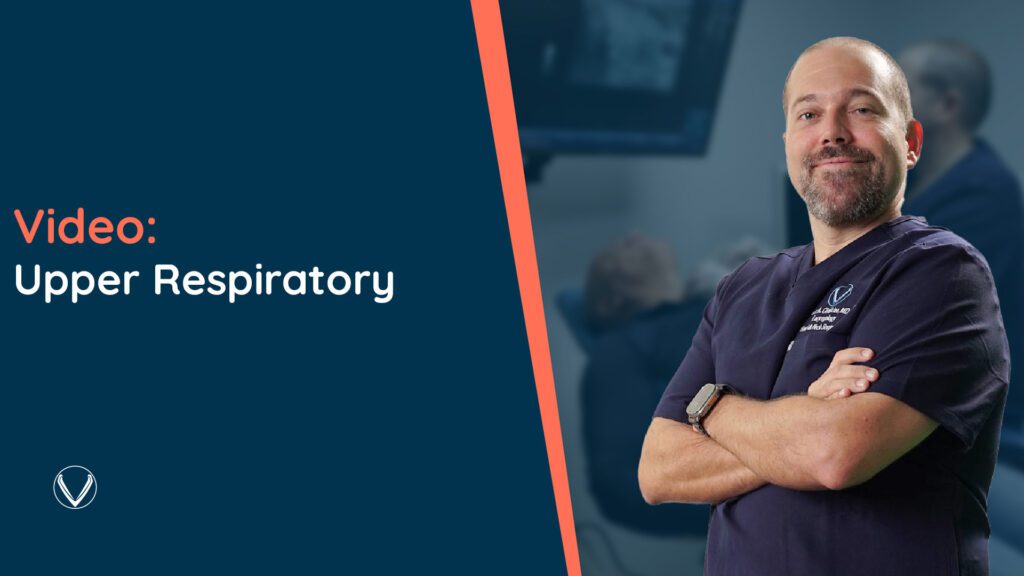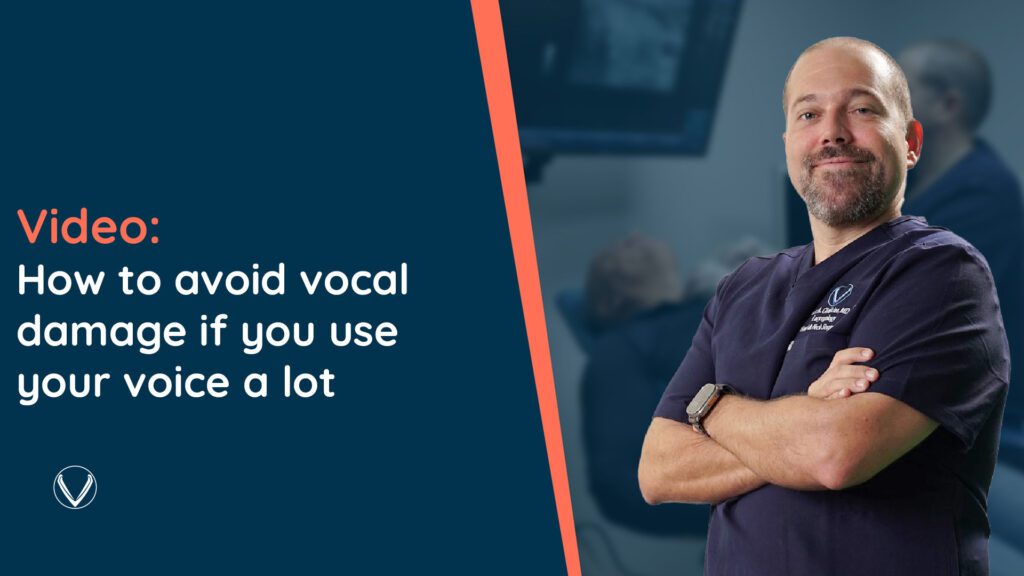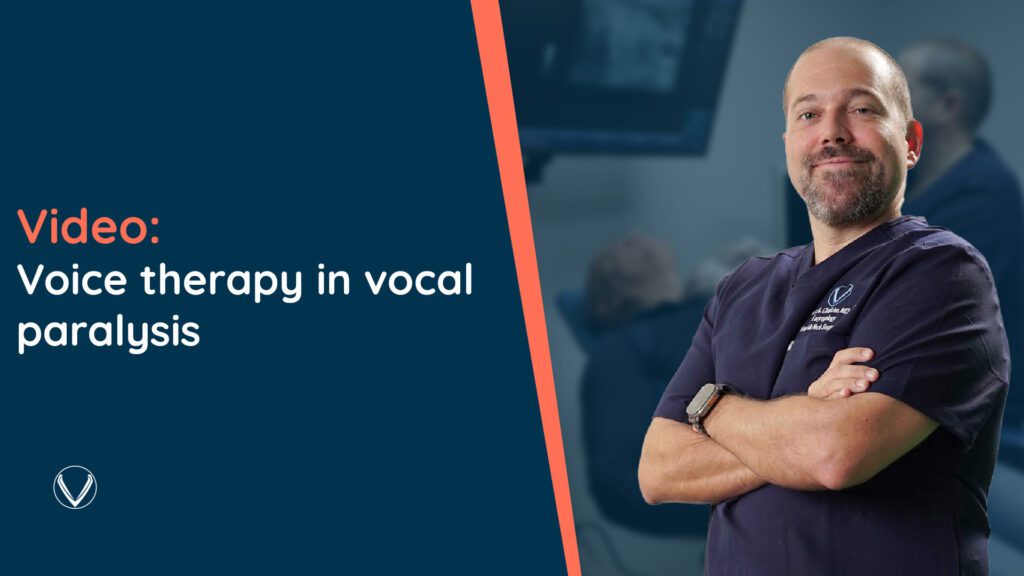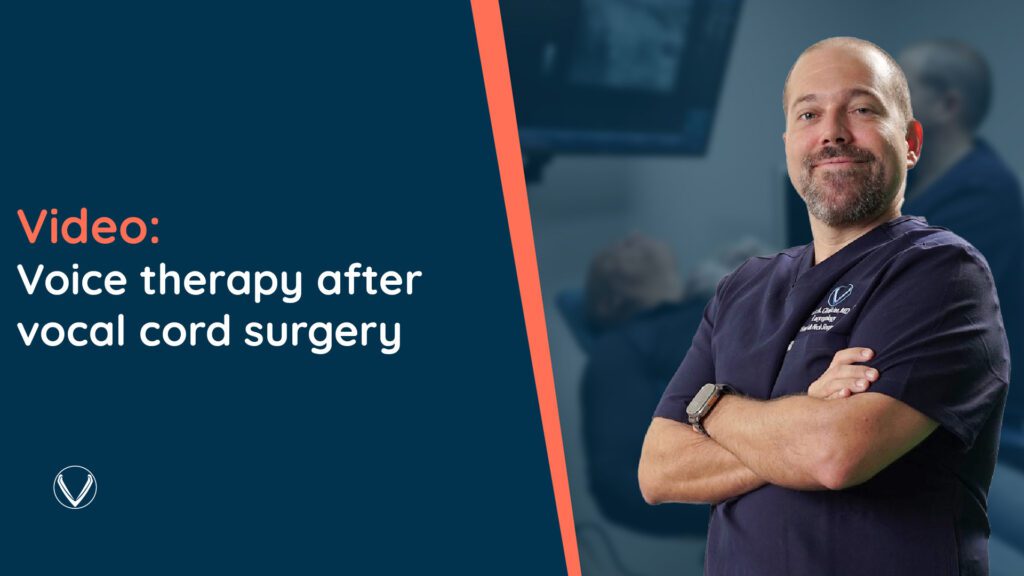Treatments
Voice Disorders
An integrated approach to the evaluation and treatment of voice disorders, with specialized attention for singers and voice professionals. Our services include advanced options to restore vocal function and ensure long-term vocal health.
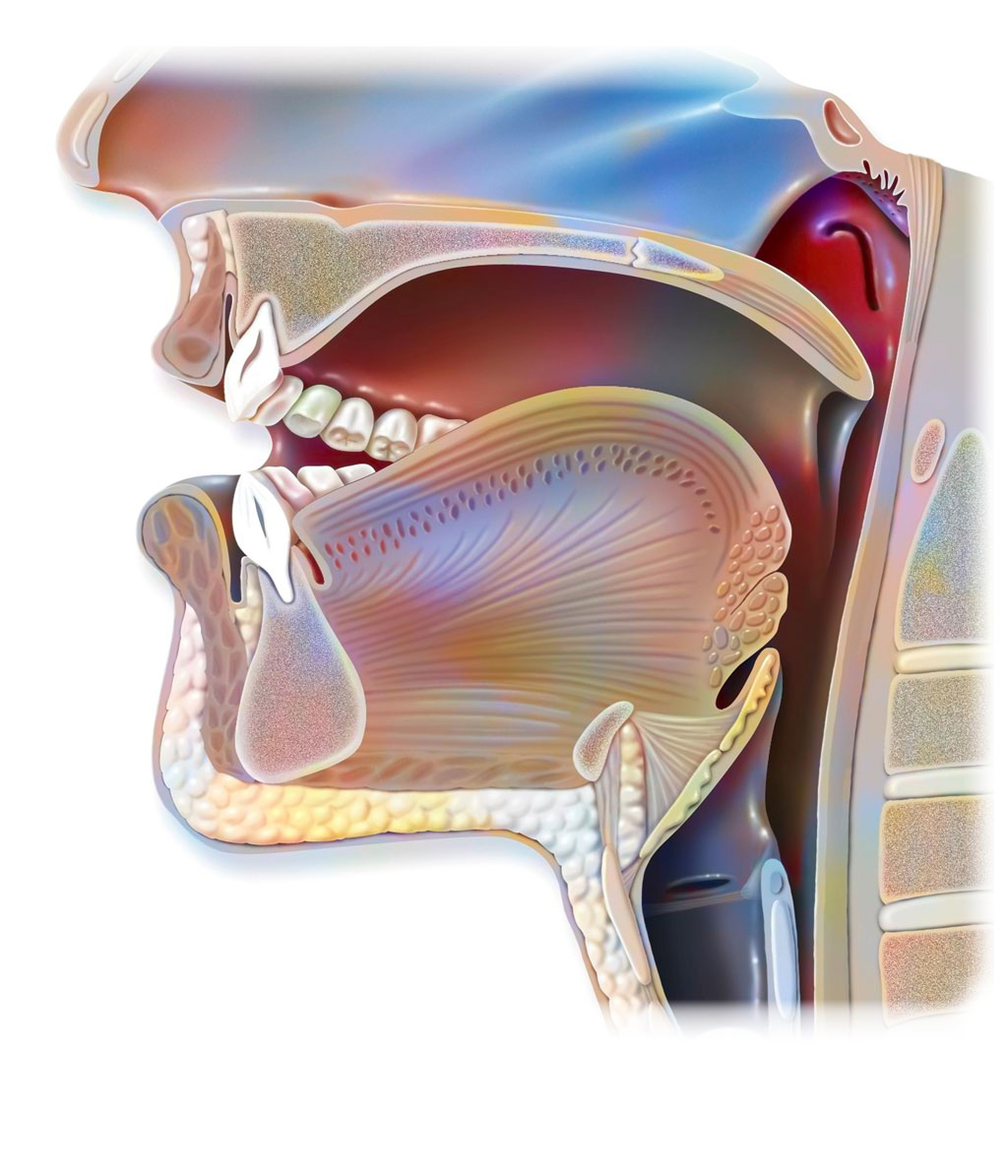
In-office Laryngeal Procedures
Minimally invasive interventions performed with local anesthesia to treat conditions such as polyps, cysts, or vocal cord paralysis. They are painless, safe, and do not require hospitalization, offering a quick and effective recovery.
Stroboscopy
An exam that uses stroboscopic light and a camera to analyze the vibrations of the vocal cords in detail. It helps diagnose conditions such as nodules or vocal cord paralysis, offering key information to treat voice disorders.
Laser for Voice Disorders
Treats conditions such as polyps or precancerous lesions on the vocal cords with high precision. It is minimally invasive, reduces bleeding, and speeds up recovery while preserving vocal quality in patients, including voice professionals.
Vocal Cord Augmentation Injections
Improves vocal function by injecting materials like collagen or hyaluronic acid into weakened or paralyzed vocal cords. This helps improve their shape, volume, and function, contributing to voice recovery and correcting issues such as hoarseness or difficulty speaking.
BOTOX for Vocal Cords
Used to treat neurological disorders like spasmodic dysphonia by relaxing the muscles of the larynx. This treatment improves vocal quality by reducing involuntary spasms and is performed quickly and minimally invasively.
Minimally Invasive Vocal Cord Surgery
Advanced techniques like laser or microdissection to treat vocal cord conditions with small or no incisions. It offers less pain, lower risk of complications, and faster recovery.
Voice Therapy
A specialized treatment designed to enhance vocal quality, endurance, and function through targeted exercises and techniques. It helps optimize voice use, prevent injuries, and address issues like hoarseness, vocal fatigue, or dysphonia. Ideal for singers, teachers, speakers, and professionals who rely on their voice daily, it promotes long-term vocal health and efficiency.
Education
Access educational content about voice and swallowing conditions, as well as the treatments available at our centers.
Upper Respiratory
This video explains the work of speech-language pathologists in the area of voice.
How to avoid vocal damage if you use your voice a lot
This video addresses the importance of voice care for those who use their voice constantly at work (teaching, giving presentations, or taking calls).
Voice therapy in vocal paralysis
In this video, it is explained that vocal cord paralysis occurs when one or both do not position themselves correctly, causing hoarseness and difficulty breathing or swallowing.
What is spasmodic dysphonia?
In this video, it is explained that spasmodic dysphonia is a neurological disorder that causes voice interruptions and can make it sound strained or choppy.
Voice therapy after vocal cord surgery
In this video, it is explained that voice therapy is an essential part of recovery after vocal cord surgery.
